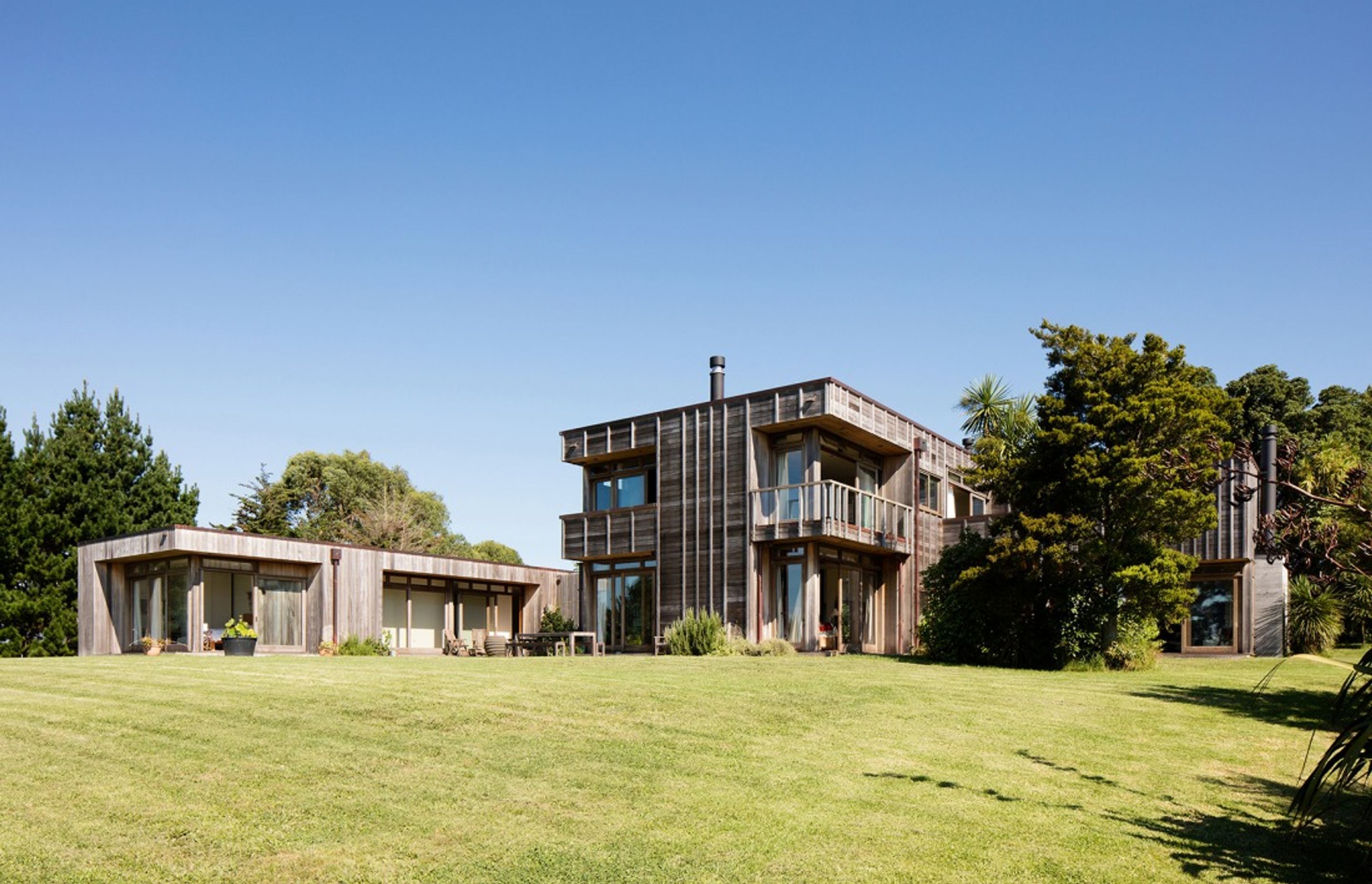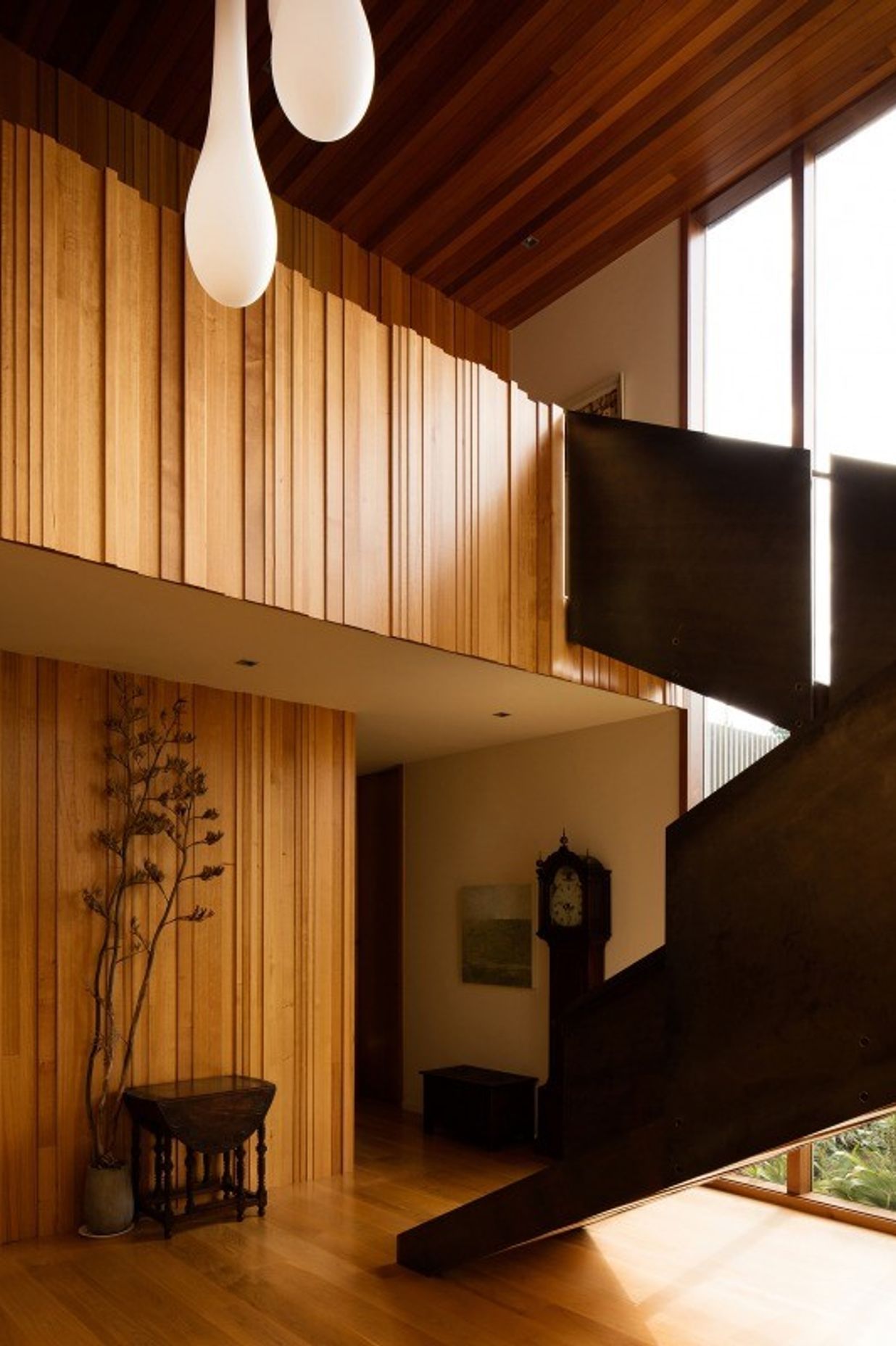Engaging an architect
Written by
11 April 2017
•
6 min read

Residential architecture should be beautiful, like a stunning piece of jewellery or the subtle harmony of a well-composed piece of music. It requires a balance of scale, rhythm, composition and proportion.
Beauty though, is of course somewhat subjective and different to each individual and the composition of a beautiful dwelling will differ greatly depending on the site, the context, the clients, the architect, and the function and purpose of the building.
Choosing and engaging the right architect to create a home that will be exciting, and add something to your life is not a decision to be taken lightly. The wrong architect won’t be able to do this; the right one will give you an end result that affects your life positively in every way.
The first thing to think about when engaging an architect is what sort of style and design you appreciate. Then, doing some research about different architects and practices, and perusing their work to find an architect whose style and portfolio appeals to you.
“Architects don’t plan houses. They design spaces and wrap a skin around that ennobles those spaces,” architect Ken Crosson of Crosson Architects says. “A good architect will be able to take a brief, interpret it and come up with a great design. Not all architects will be able to provide the same standard of work, so it’s worth making sure you’ve done your research and found someone who you think will be able to satisfy your desires.”

Crosson says the first thing for people to consider when they approach an architect is what they want to achieve from the home, the practical; how many bedrooms, bathrooms, garages etc., how they see it working as a building, whether it’s a holiday home, or something more permanent, if it’s for a growing family or for retirement, for example. Then consider the subjective side of the design: what is it to look and feel like, what it is trying to convey.
“Architects and clients need a budget too, and everyone has one – even the wealthiest clients know what they want to spend on a project. Often we find that the budget and the brief are not aligned and for architects, part of the job is managing people to get to the point where the brief and budget are aligned.”
Once these details have been considered, and you’ve found an architect that meshes with your aims and style, the next step is to ensure there is a written contract. “You need to always have a written contract that describes the services involved, the deliverables, what the timeframes are and what the costs will be,” Crosson says. This ensures there are no misunderstandings as the design and build process progresses.
“Important too, is the architect-client relationship. This is vital as it’s a close relationship that is based on expertise and trust and it involves dealing with emotions, and not least money. There will inevitably be some robust discussions as part of the process and the client needs to be professional enough to take advice while the architect needs to be open to the desires of the client.”

Once these things are established, the design process can start. The architect will have a brief from the client and understand the client’s lifestyle, needs, and what they want to achieve. From there, it is the architect’s job to design spaces and spatial relationships that are ennobling to those ends – spaces that are efficient and sustainable.
“Life is too short to be mediocre. Yes, anyone can slap a building up, but it should be beautiful, attractive, efficient and rewarding. It doesn’t cost any more to design with concern to efficiency and beauty. You have a relationship with your house like you do with people – and it should be a positive one! Architects design spaces round lifestyles and these spaces affect the lives of the people who use them. The last thing you want to do is live in a house that isn’t satisfying, empowering and fulfilling. You want to wake every morning, and think, I really like this place! “There is something incredibly rewarding about a new building that elevates a person and exceeds their aspirations – that makes a positive change in their life.” Crosson says.
The design process itself should be an iterative one, from the initial concept through to arriving at a fully developed design. A number of meetings and discussions take place, with reflection and ‘cooking time’ on both sides, mixed in with active and considered designing by the architectural team. Every architect has a unique process of design, drawing on context or precedent, with other overlays, influences, and of course their own unique knowledge and experience. Timeframes for this process vary depending on complexity and the idiosyncrasies of the project, client and architect – but suffice to say it is a rare occurrence that the ultimate design will be presented on day one – and nor should it be! A brief and a design must be interrogated from all sides and fully challenged to produce the best result.
Once the design is complete, an architect’s work doesn’t stop. Obviously, it will depend on the scope of services detailed in the initial contract but the next stage is what’s described as the detailed design or working drawing stage. This is where the architectural team draw the technical and constructional requirements of the building. At the completion of the detailed design stage the building can be fully priced, building consent from the Council can be obtained, and a building contract can be entered into.
The next phase is the construction stage. Architects have an important role when the building is on site. Amongst other things they check that it is being built in accordance with the contract, that it complies with relevant building codes and that the quality of construction is maintained.
Throughout the construction phase, the architect will attend the site regularly, monitoring the progress and ensuring what is being constructed as it was designed and detailed. “All the subtleties of a design make a huge difference, and it is the architect’s job to ensure those subtleties are carried through and implemented.”
The architect will also monitor and make an assessment of the amount and quality of work completed each month by the builder, and sign off on payments for the builder. “The architect is bound by a code of ethics and must act in an unbiased and impartial manner” explains Crosson.
The end result is of course a functional and beautiful space to inhabit, and almost without fail, the built result will go beyond the expectations of the client. Ultimately though, as Crosson says, the process is not just about the built environment and finished home. “The relationship with a good architect often never really ends though, because you become fabulous friends and the relationship goes on.”
